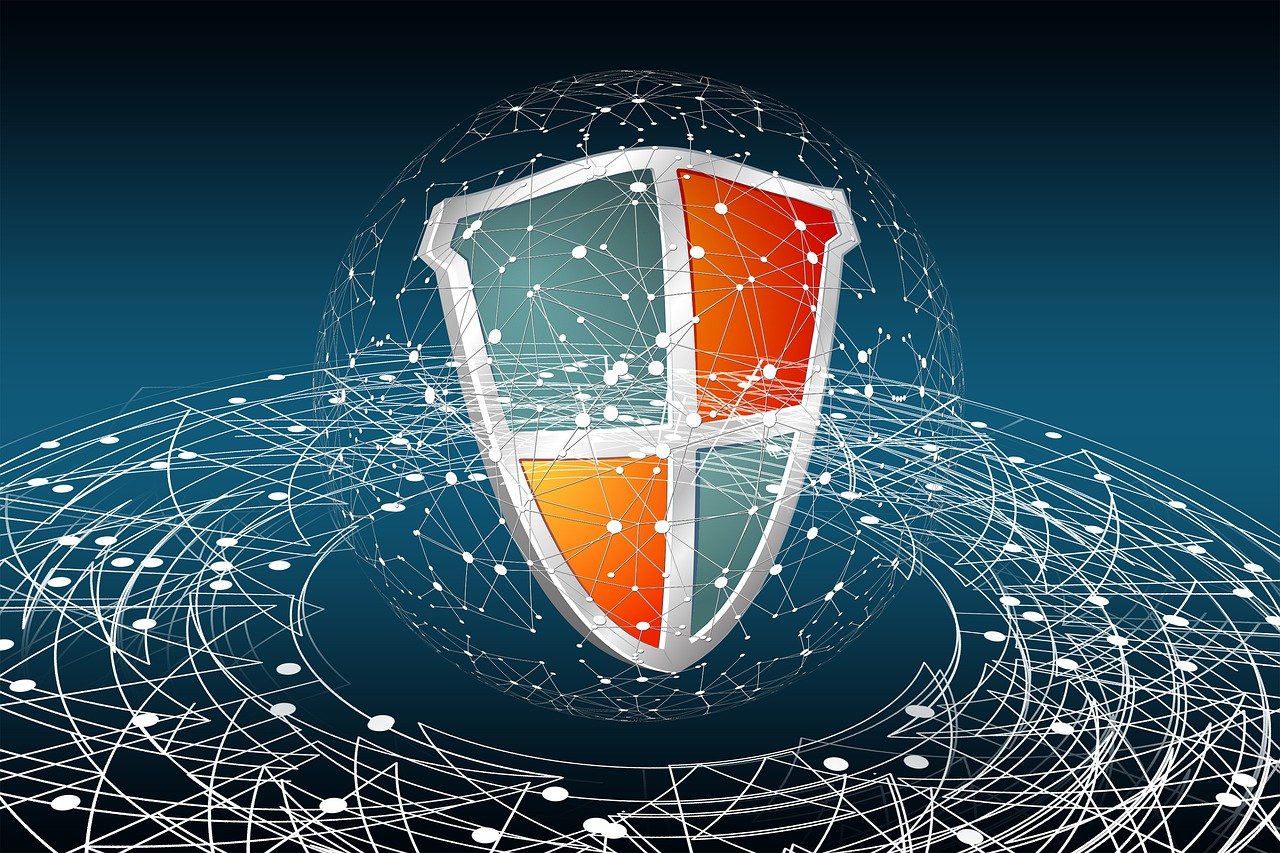Cybersecurity has been rising in importance in our digital age, as organizations face increasing threats from cyberattacks, data breaches, and other security incidents. In the face of these threats, organizations need to have a plan that effectively addresses these threats
This is where incident response comes into the picture. Incident response (IR) is a systematic approach to managing and mitigating security incidents. Businesses that have a well-defined incident response plan in place will be more prepared in the case of any cybersecurity attack.
What is an Incident Response?
Incident response is a comprehensive strategy designed by organizations to help them manage and recover from security incidents effectively. These incidents can range from cybersecurity breaches and data leaks to natural disasters and human errors.
The primary goal of incident response is to minimize the damage done and reduce the recovery time associated with these incidents, thereby mitigating their overall negative impact on the organization.
Importance of Having an Incident Response Plan
Minimizing Damage and Loss: The most immediate and critical benefit of an incident response plan is its ability to minimize damage and loss. Having a well-planned and clear incident response plan will mean quick and efficient responses, preventing the escalation of an incident and saving an organization from severe financial, operational, and reputational consequences.
Regulatory Compliance: Many industries are subject to strict regulatory requirements related to data protection and breach notification. An incident response plan helps ensure that an organization complies with these regulations by providing a structured process for reporting and mitigating incidents.
Protecting Reputation: Security incidents can have a detrimental impact on an organisation’s reputation as customers and stakeholders will lose trust in organisations that are unable to handle crises effectively.
What an Incident Response Plan Involves
- Preparation
The first phase focuses on establishing the groundwork for an effective response to potential incidents.
Creating an Incident Response Team (IRT): Organisations should designate and train a team of experts responsible for managing and responding to security incidents.
Developing an Incident Response Plan: A well-documented incident response plan outlines procedures, roles, and responsibilities, as well as communication protocols during an incident.
Conducting Training and Drills: Regular training sessions and simulated incident response exercises help ensure that the IRT is familiar with the plan and can respond effectively during high-pressure situations.
- Detection and Analysis
The detection phase involves identifying and investigating the security incident. Timely and accurate detection is crucial for minimizing the damage caused by an incident.
Monitoring and Alerting: There should be robust monitoring systems and alerting mechanisms in place to continuously track the network and system activities. This includes intrusion detection systems, security information and event management (SIEM) tools, and other security solutions.
Anomaly Detection: Anomaly detection techniques can be used to identify unusual patterns or behaviors that may indicate a security incident. This could include unexpected user access, increased data exfiltration, or unauthorized system changes.
- Containment, Eradication, and Recovery
The containment phase aims to isolate and minimize the impact of the incident. The primary objective is to prevent further damage while preparing for eradication and recovery.
Firstly, the affected systems or segments of the network will need to be isolated to prevent the incident from spreading. This may involve isolating compromised servers, disconnecting from the internet, or implementing temporary firewall rules. After containment, the IRT investigates the root cause of the incident to remove it from the environment and restore it to a secure state.
- Post-Incident Activities
The post-incident phase involves assessing the damage, documenting the incident, and ensuring that lessons are learned for future improvements.
Incident Documentation: In a report, organizations should document all aspects of the incident, including its timeline, impact, containment measures, and lessons learned. This documentation will be invaluable for regulatory compliance and future incident response planning.
Analysis and Improvement: In a post-incident analysis, teams can identify the weaknesses in the response and areas for improvement. These findings can be used to refine the incident response plan and enhance overall security practices.
Start Your Incident Response Plan Started With C-YBER
Having a well-prepared incident response plan is no longer a luxury but a necessity for every organization. A thorough incident response process provides organizations with a structured and effective approach to managing and recovering from security incidents. With a robust incident response plan in place, organizations can navigate the complexities of today’s threat landscape with confidence and resilience.
Here at C-YBER, we want to empower businesses with advanced cybersecurity solutions, such as incident response plans, to protect them against threats. To get help from our expert team on your cybersecurity inquiries, reach out today!
Image by Gerd Altmann
- Tags:
- incident response






